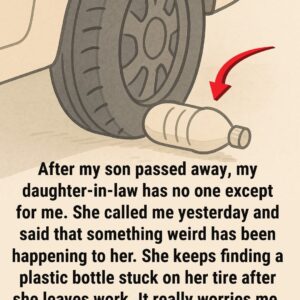Evergreen White Bug: A Hidden Threat to Your Trees
If your evergreen trees are losing needles or looking sparse, the culprit might be the evergreen white bug—which, despite its name, isn’t a true bug
at all but a moth larva. Left untreated, these pests can severely weaken or even kill trees, but with the right steps, you can stop the damage early.
What Are Evergreen White Bugs?
These larvae build small, hanging “bags” made of silk, leaves, and twigs to protect themselves as they feed. Often called bagworms,
they target both evergreen and deciduous trees, camouflaging themselves so well that infestations often go unnoticed until visible damage appears.
Life Cycle
In late spring, eggs hatch into larvae that feed on foliage while expanding their protective bags. By late summer,
they pupate inside, emerging as moths. Males fly off to mate, but females remain on the tree, laying new eggs—starting the cycle again.
How They Harm Trees
The larvae chew through leaves and needles, stripping trees of their ability to photosynthesize.
This weakens them, leaving them vulnerable to disease, drought, and death if untreated.
How to Control Them
Inspect Regularly: Remove and destroy visible bags before larvae hatch.
Encourage Biodiversity: Plant a mix of tree species to prevent widespread infestation.
Keep Trees Healthy: Water and prune regularly to strengthen natural resistance.
Early detection and care are key—healthy trees recover faster, and vigilance today can save your evergreens tomorrow.





